2022/06/15
Your pupils may be dilating when you see images like this one as your brain tries to anticipate the near future.
By Richard Sima
By Richard Sima
The hole you see is not really moving, growing or expanding. The darkness will not swallow you.
The image is actually static, and has much to teach us about how our brains and eyes see the world. In a study published last week in the journal Frontiers in Human Neuroscience, psychologists tested this illusion on 50 men and women with normal vision, and, using an infrared eye tracker, found that the greater a participant’s response to the illusion, the stronger the pupil dilation response.
They also discovered some people — perhaps even you — can’t see it.
In your eyes, the pupils unconsciously adjust to the light in your surroundings, dilating when it is dark to try to capture more light, and constricting when it is bright to prevent overexposure. When you look at this illusion, the hole is not darkening. But the perception that it darkened was enough to make your pupils respond.
“There is no reason per se that the pupil should change in this situation, because nothing is changing in the world,” said Bruno Laeng, a psychology professor at the University of Oslo and an author of the study. “But something clearly has changed inside the mind.”
“There is no reason per se that the pupil should change in this situation, because nothing is changing in the world,” said Bruno Laeng, a psychology professor at the University of Oslo and an author of the study. “But something clearly has changed inside the mind.”













.jpg)



